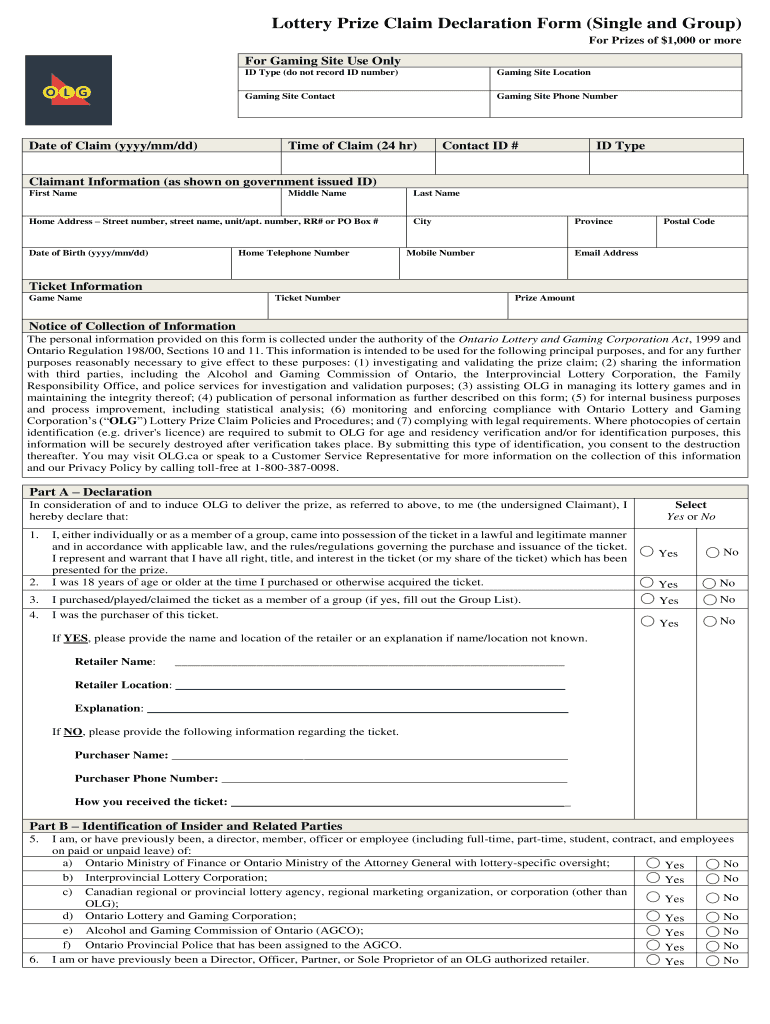The Spread Of Deadly Fungi: A Climate Change Consequence

Table of Contents
Changing Climates, Expanding Habitats
Rising temperatures and increased humidity are creating ideal breeding grounds for many fungal species, expanding their geographical reach and increasing the risk of infection. This is a significant concern for public health, as warmer climates facilitate the proliferation of dangerous fungi.
Temperature and Humidity's Role
Warmer temperatures and higher humidity levels directly influence fungal growth and reproduction. Many fungi require specific temperature and moisture conditions to thrive. As the global climate changes, more areas are experiencing these favorable conditions, leading to the expansion of fungal habitats.
- Candida auris: This highly drug-resistant yeast is becoming increasingly prevalent globally, particularly in warmer climates. Its ability to survive on surfaces for extended periods further exacerbates the problem.
- Aspergillus fumigatus: This common mold is responsible for aspergillosis, a serious lung infection. Rising temperatures and humidity increase its spore production and dispersion, impacting more people worldwide.
- The expansion of these and other fungal pathogens impacts human and animal populations by increasing the likelihood of exposure and infection, particularly in regions previously unaffected.
Altered Ecosystems and Fungal Diversity
Climate change significantly impacts biodiversity, creating conditions ripe for fungal expansion. Ecosystem disruptions, such as deforestation and ocean acidification, alter the delicate balance of nature, impacting fungal communities and potentially leading to the emergence of new pathogenic species.
- Deforestation creates favorable conditions for some fungi, increasing their exposure to human and animal populations.
- Ocean acidification may alter marine fungal communities, impacting the balance of marine ecosystems and potentially impacting human health through seafood consumption.
- Changes in plant and animal hosts can influence fungal adaptation and dispersal, potentially generating novel pathogenic strains. The increased interactions between fungi and other pathogens also warrant concern.
Increased Risk of Fungal Infections in Humans
Climate change is not only expanding the habitats of deadly fungi but is also increasing the risk of infection in vulnerable populations.
Vulnerable Populations
Individuals with weakened immune systems, such as those with HIV/AIDS, cancer, or organ transplants, are particularly susceptible to opportunistic fungal infections. The elderly and children are also at higher risk.
- Immunocompromised individuals are especially vulnerable to severe fungal infections that can lead to life-threatening complications.
- Pre-existing respiratory conditions can exacerbate the risk and severity of fungal infections like aspergillosis.
- Data suggests a correlation between rising temperatures and increased incidence of severe fungal infections in vulnerable populations, resulting in higher morbidity and mortality rates.
Challenges in Diagnosis and Treatment
Diagnosing and treating climate-change-related fungal infections presents significant challenges. These challenges are often amplified by the emergence of novel fungal species or strains.
- The lack of rapid and sensitive diagnostic tools hinders early detection and treatment, leading to delayed intervention and poorer outcomes.
- Antifungal resistance is growing, limiting the effectiveness of available treatments and necessitating the development of novel therapies.
- The economic burden of managing these infections is substantial, placing a strain on healthcare systems worldwide.
Mitigation and Adaptation Strategies
Combating the spread of deadly fungi requires a multi-pronged approach focusing on mitigation, surveillance, and therapeutic innovation.
Reducing Greenhouse Gas Emissions
Mitigating climate change is paramount to controlling the spread of deadly fungi. Reducing greenhouse gas emissions is crucial to slowing down global warming and minimizing the creation of favorable conditions for fungal growth.
- Transitioning to renewable energy sources is vital to reducing carbon emissions.
- Improving energy efficiency in buildings and transportation can significantly decrease greenhouse gas emissions.
- Sustainable agricultural practices reduce emissions and enhance biodiversity, lessening the impact on fungal distribution. International collaborations and strong policies are needed to achieve this.
Improving Surveillance and Early Warning Systems
Establishing robust surveillance systems and early warning mechanisms is crucial for tracking the spread of deadly fungi and initiating timely preventative measures.
- Investing in research and development to improve diagnostic capabilities is essential.
- Improving global data sharing on fungal infections is vital to tracking emerging threats effectively.
- Strengthening public health infrastructure and community engagement are crucial in raising awareness and facilitating early detection.
Development of Novel Antifungal Therapies
The development of new antifungal drugs and therapies is essential to combat the growing problem of drug-resistant fungal infections.
- Research is underway to identify new drug targets and explore innovative drug delivery methods.
- International collaboration in antifungal drug development is necessary to accelerate the discovery and deployment of new treatments.
Conclusion
The spread of deadly fungi, exacerbated by climate change, poses a significant threat to global health. The vulnerability of certain populations and the challenges in diagnosis and treatment highlight the urgency of the situation. Reducing greenhouse gas emissions, improving surveillance, and developing new antifungal therapies are crucial steps in mitigating this silent pandemic. Understanding the connection between climate change and the spread of deadly fungi is critical for developing effective strategies to protect human and environmental health. Let's work together to prevent this silent pandemic.

Featured Posts
-
 Blue Origin Launch Abort Vehicle Subsystem Malfunction Causes Cancellation
May 26, 2025
Blue Origin Launch Abort Vehicle Subsystem Malfunction Causes Cancellation
May 26, 2025 -
 F1 Drivers Press Conference What To Expect And How To Watch
May 26, 2025
F1 Drivers Press Conference What To Expect And How To Watch
May 26, 2025 -
 The F1 40 Club Triumphs And Setbacks Of Aging Racing Stars
May 26, 2025
The F1 40 Club Triumphs And Setbacks Of Aging Racing Stars
May 26, 2025 -
 Sg Wireless Expanded Manufacturing Partnerships A Solution For Oems
May 26, 2025
Sg Wireless Expanded Manufacturing Partnerships A Solution For Oems
May 26, 2025 -
 The Hells Angels A Deep Dive Into Their World
May 26, 2025
The Hells Angels A Deep Dive Into Their World
May 26, 2025
Latest Posts
-
 Six Weeks Remain To Claim Your 1 Million National Lottery Win
May 28, 2025
Six Weeks Remain To Claim Your 1 Million National Lottery Win
May 28, 2025 -
 1 Million National Lottery Prize Winner Urged To Claim Before Deadline
May 28, 2025
1 Million National Lottery Prize Winner Urged To Claim Before Deadline
May 28, 2025 -
 Unclaimed 1 Million National Lottery Prize Six Week Deadline Looms
May 28, 2025
Unclaimed 1 Million National Lottery Prize Six Week Deadline Looms
May 28, 2025 -
 Arsenals Interest In Luis Diaz Fact Or Fiction
May 28, 2025
Arsenals Interest In Luis Diaz Fact Or Fiction
May 28, 2025 -
 Kanye West And Bianca Censori A Report On A Difficult Divorce Attempt
May 28, 2025
Kanye West And Bianca Censori A Report On A Difficult Divorce Attempt
May 28, 2025
